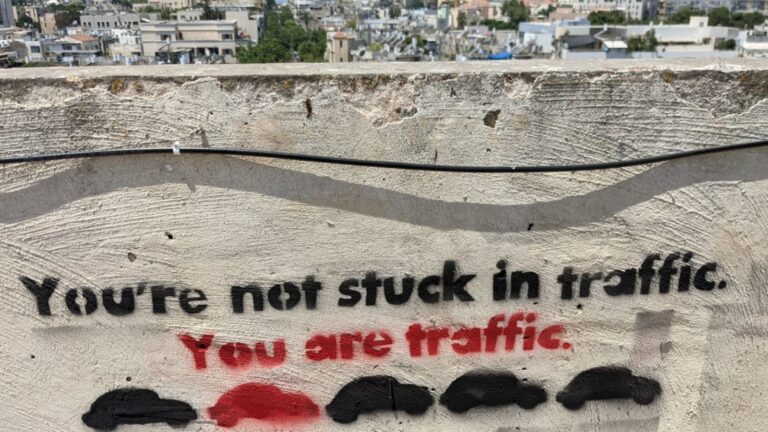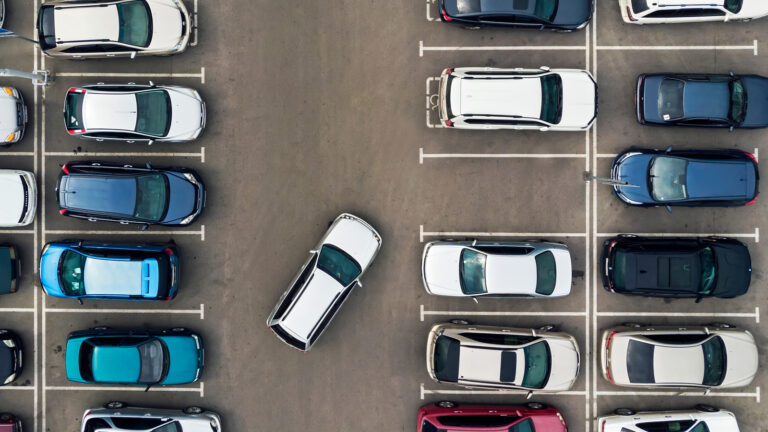Chances are you already use the Israeli app Waze to find the best route to wherever you want to drive. After arriving, you might have another Israeli company to thank for finding you a parking spot and paying for it without a hassle.
Pango is an app that lets you book and pay for on-street and parking lot spots via iOS, Android or Blackberry device, in Israel and in a growing number of major US cities. Pango Mobile Parking, based in Kadima, just raised $6.5 million in a new funding round.
Thanks to the convenience of its patented pay-by-phone technology – no need for cash or paper tickets — Pango is the leading app to pay for parking in Israel. If you won’t make it to your car before the time runs out, you get a reminder to “feed the meter” from your phone. If you’re done early, you can use the “unpark” option to be billed only for the time you’ve been parked.
The Pango+ service enables businesses to manage company fleet expenses more easily, offering a single invoice for all employee parking expenses and access to detailed online data about employee parking. Among the major corporations signed up for this service are Microsoft, Pelephone and Israel Railways.
But how do you find a spot?
Because nearly half the car owners in Israel are using Pango, the company has amassed valuable data on parking habits that’s going to be of great help to another Israeli startup, Parko, winner of the Google-sponsored 2012 Israeli Mobile Challenge competition.
Parko uses crowdsourcing and GPS to steer drivers to spots that other users are about to vacate. Integration with Pango users aims to give drivers the most accurate info possible.
Parko ran a recent pilot for its crowdsourced parking app in Tel Aviv, but founder Tomer Neuner tells ISRAEL21c the company is shifting its focus to the United States and Europe.
“We’re negotiating on partnerships with companies, car manufacturers and large municipalities around the world for payment and navigation apps,” he says.
“When you’re driving to work, for example, you’re using a navigation app to help with traffic but sometimes when you reach your destination, looking for parking can be the biggest part of your trip. One app for the whole solution would be best.”
Parko intends to build statistical maps of areas in real time. “We’ll start with the map of parking availability and spots about to become available, and in the third stage we’ll be connecting with drivers,” predicts Neuner.
Smart software to manage parking
Then there’s Anagog – not an app, but a sophisticated software development kit protected by eight patents.
Anagog provides crowdsourced parking data to partner companies such as navigation system and cellular operators, map providers, car manufacturers and municipalities looking for tailored parking solutions.
“But we learned that if we don’t develop our own consumer apps to demonstrate our technology, nobody will know what we are talking about,” says cofounder Yaron Aizenbud, who helms the company with partner Gil Levy.
“So we have lots of apps in the market providing unique services not related to real-time parking [such as FindMyCar and BabyMinder] and we also have an internal beta version of an app for real-time parking solutions in Tel Aviv. The apps are vehicles for us to generate the awareness of our unique solutions in the market.”
Using crowdsourced parking information accumulated from those sister apps and other resources, Anagog can generate a real-time parking map of urban centers in the world.
The company’s partnership with Parx allows EasyPark mobile app subscribers in more than 130 cities worldwide to receive automatic push notifications of a relevant parking spot about to be vacated.
The technology under the hood of Anagog includes signal processing, algorithms and software for Android and iPhone platforms.
“Crowdsourced parking technology is complicated,” Aizenbud tells ISRAEL21c. “We have a unique technology that can identify accurately when someone holding a smartphone intends to leave a spot in a few minutes. We know when they parked their car and where, and when they start to go back to the car we can communicate that to the community.”
The next step is accumulating a critical mass of data generated by users in specific areas, sending it to the cloud and filtering out irrelevancies to focus on actual vacated parking spots. Then, the data is analyzed statistically to generate parking occupancy information for users.
“We think that our product gives a real solution to the growing problem of insufficient parking in crowded urban centers. We want to help drivers find parking quicker and waste less time, money and pollution,” says Aizenbud.


















